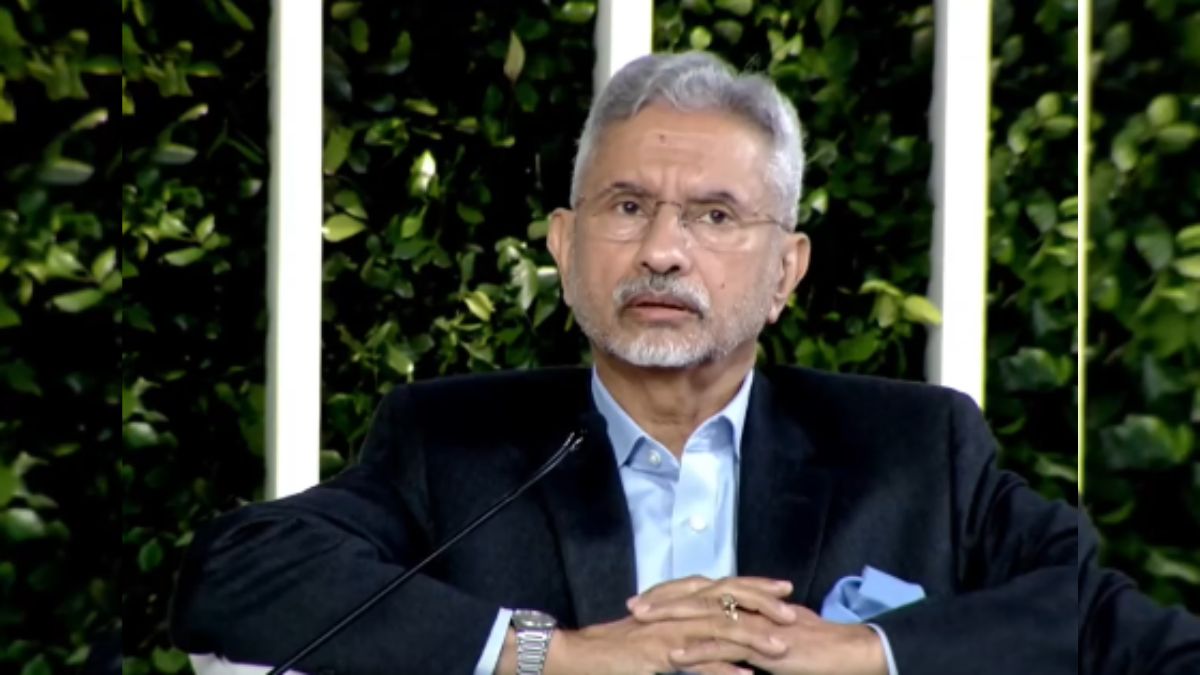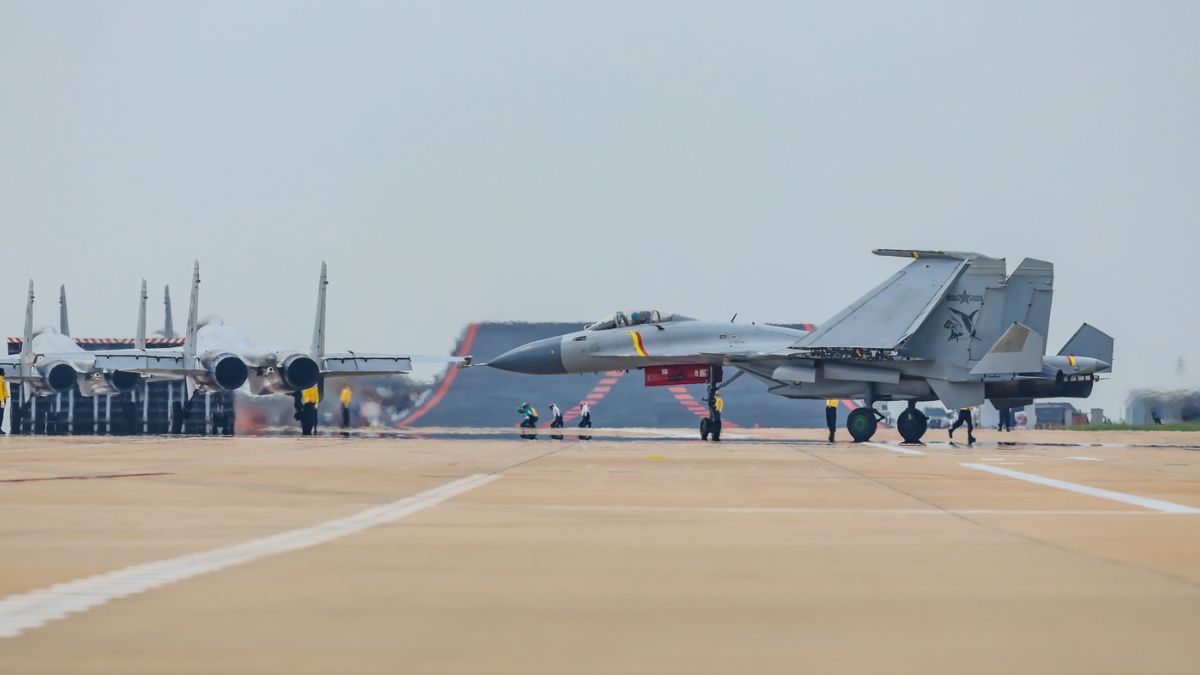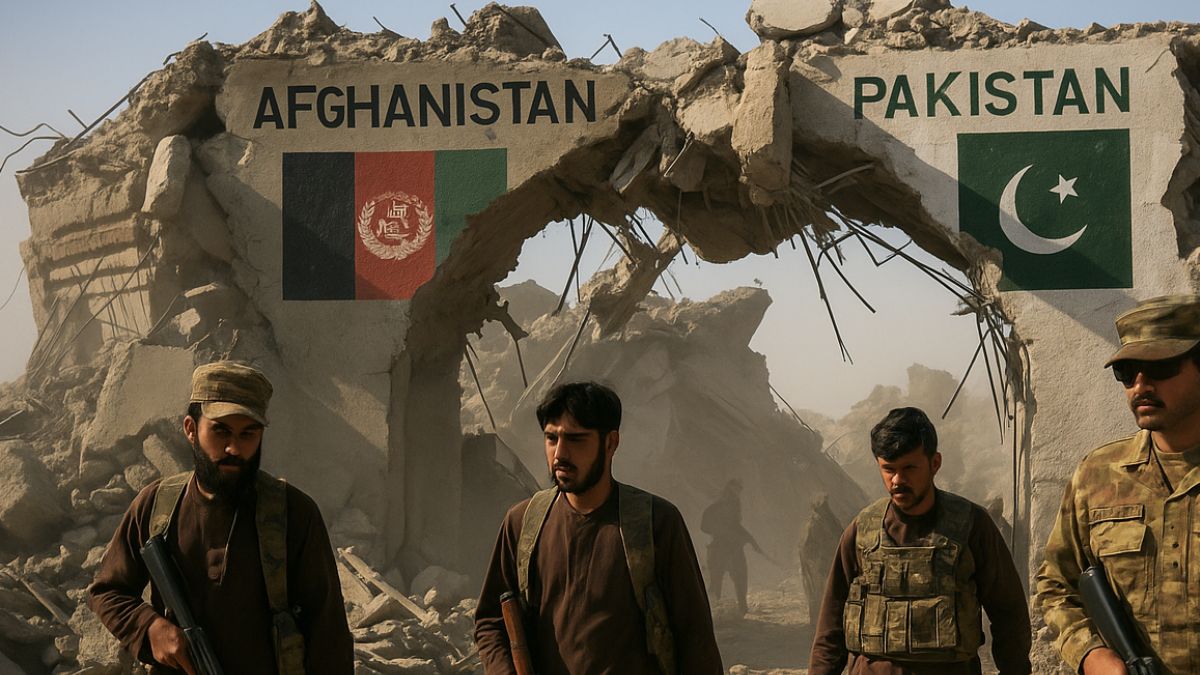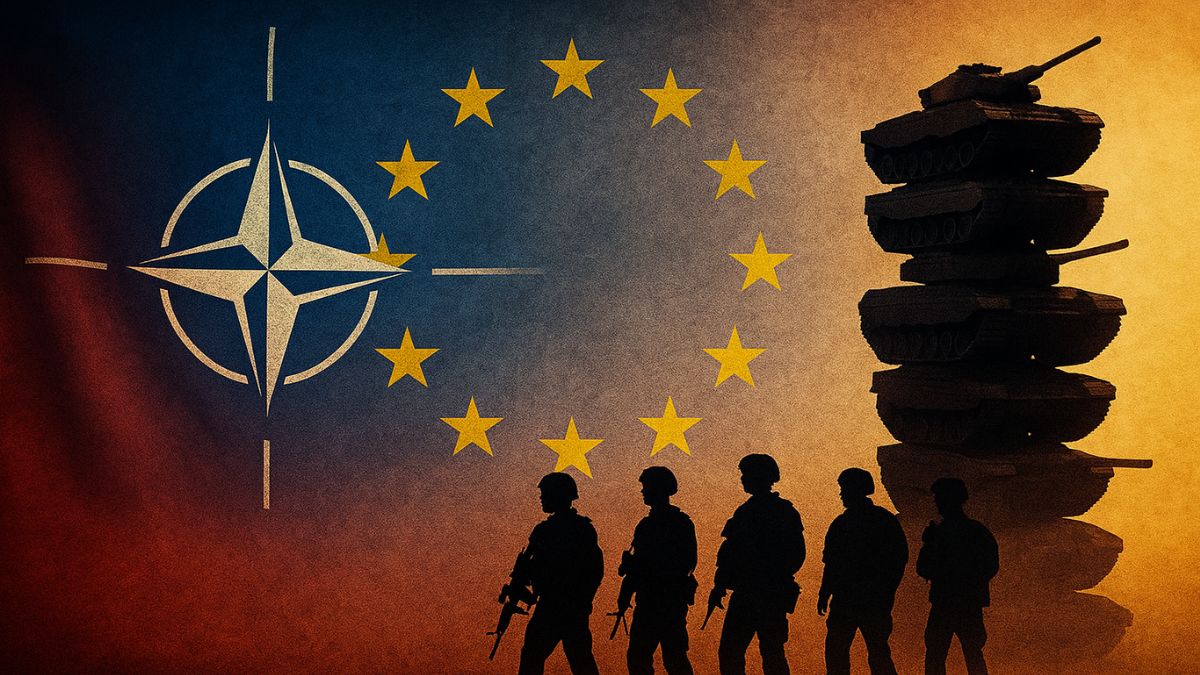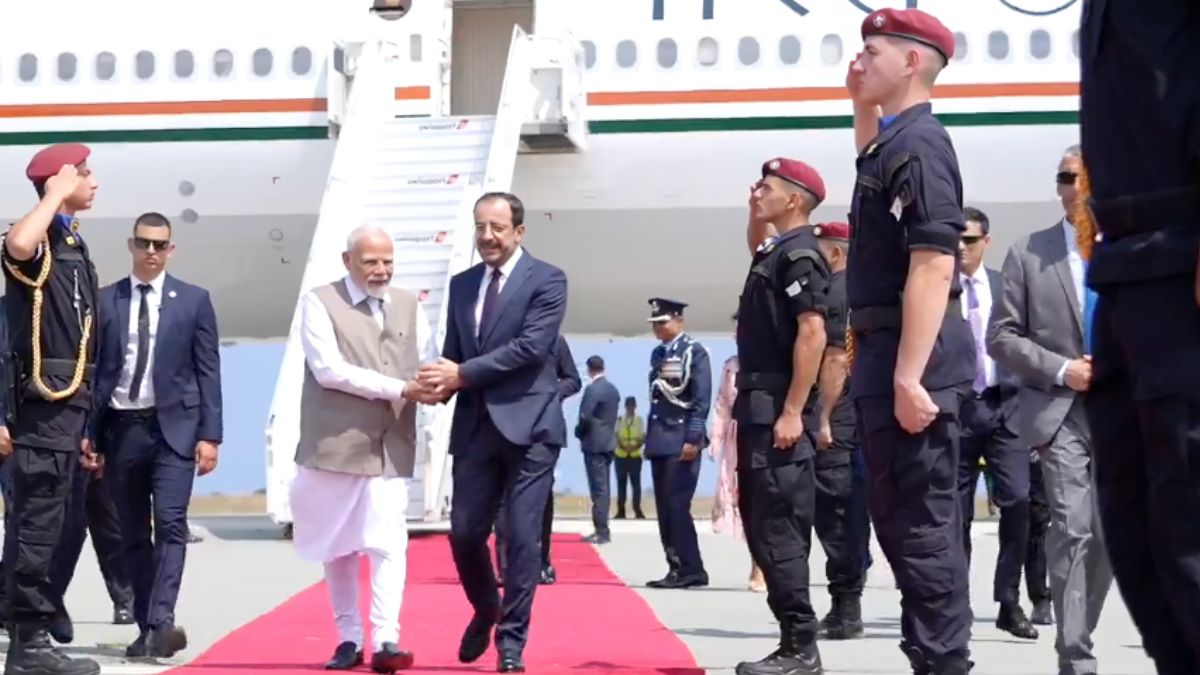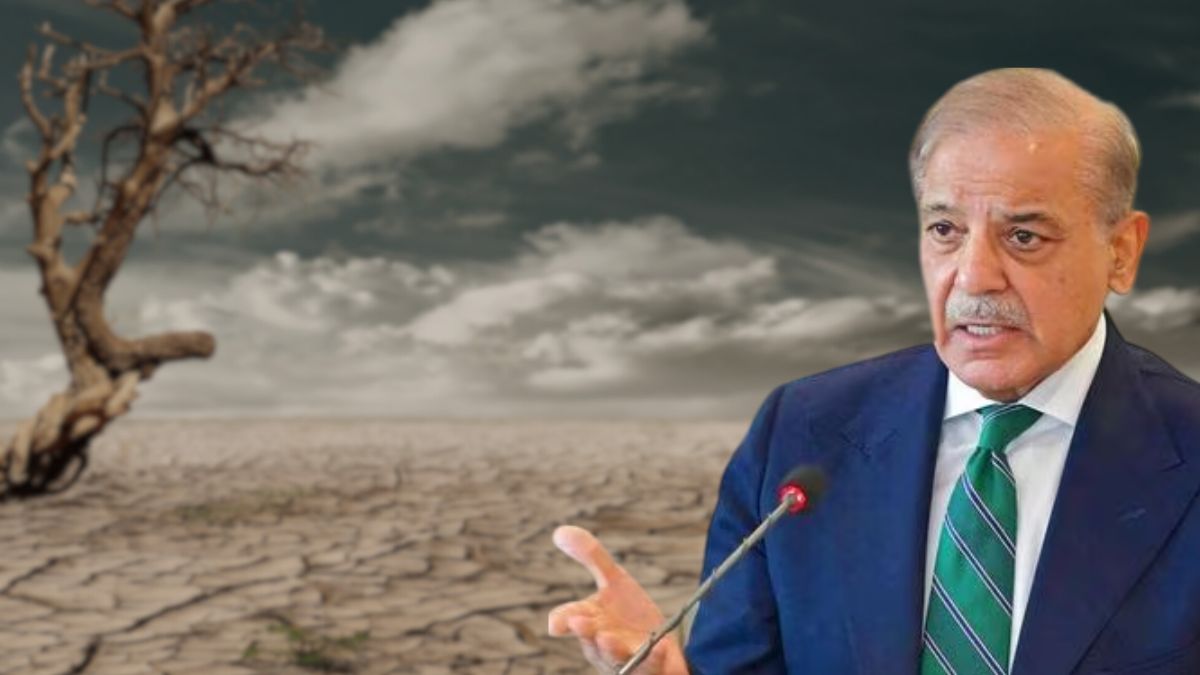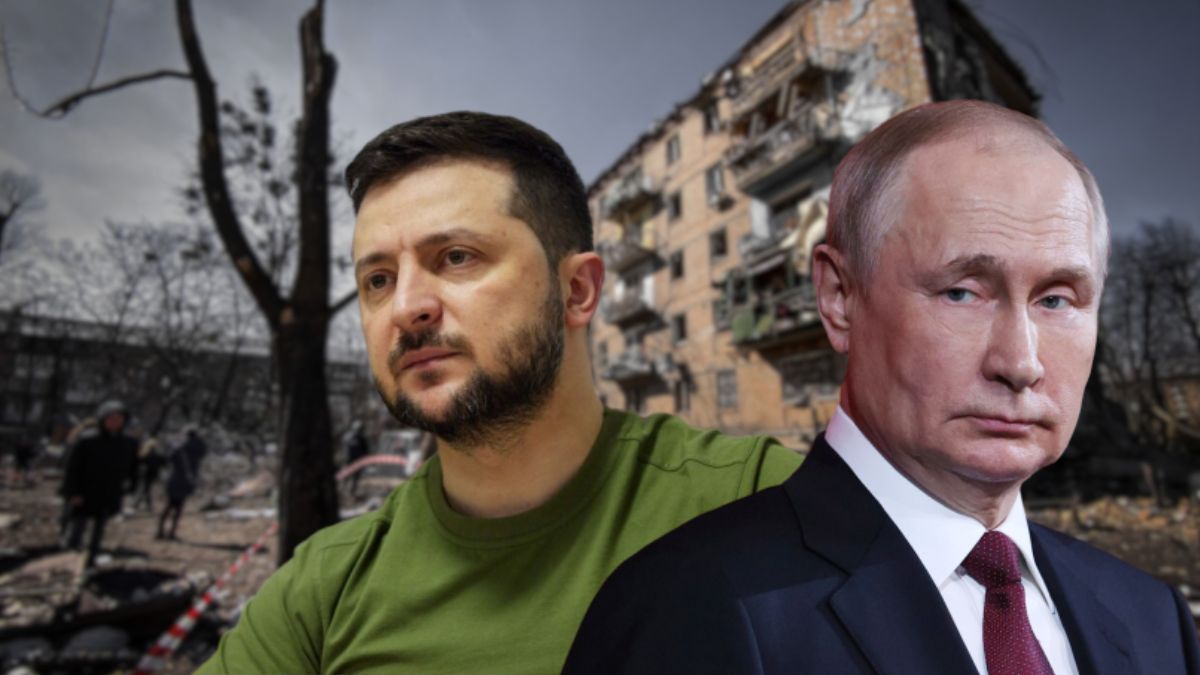Japan Signals Big Defence Push Ahead Of Trump’s Visit; First Major Diplomatic Test For New PM Takaichi
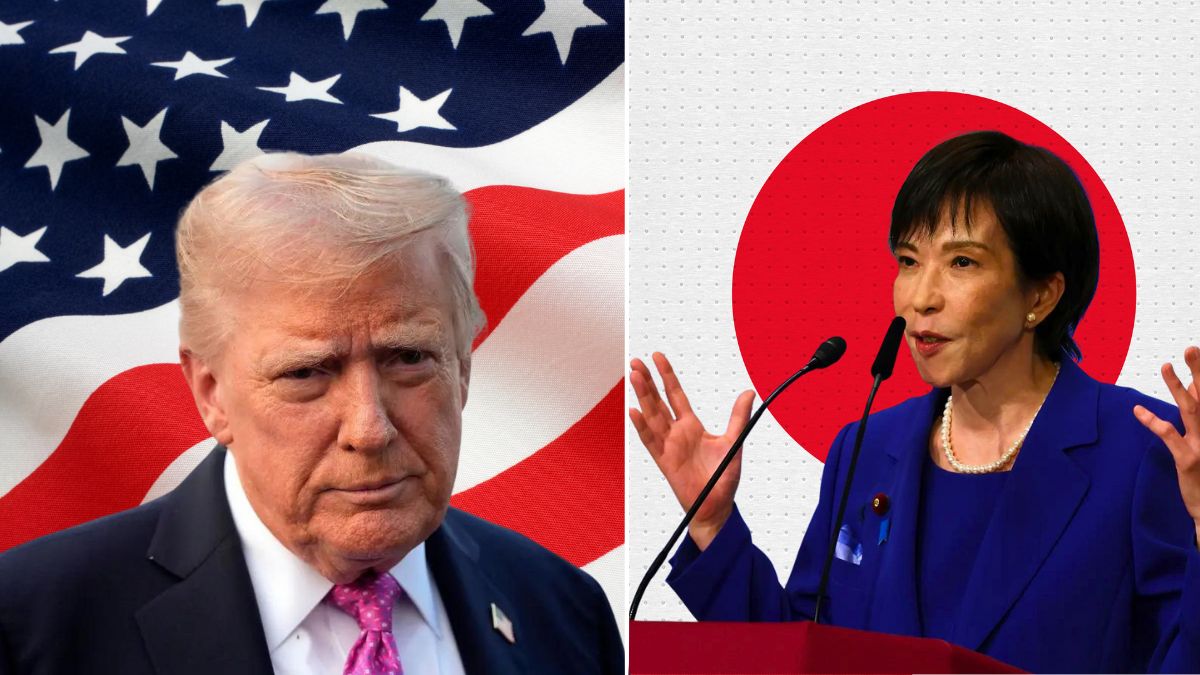
For the first time in around 6 years, US President Donald Trump is set to visit Japan. It would also mark his first trip in the country since late former PM Shinzo Abe’s death. The Asian country on Wednesday (October 22, 2025) confirmed that Trump will pay be on an official visit for three days, from October 27 to 29.
As per the official announcement, US President Trump during his stay in Japan will make a State Call on His Majesty the Emperor of Japan. The newly appointed PM Sanae Takaichi will hold a summit meeting with Trump. This “visit will be an ideal opportunity for the two countries to further strengthen the Japan-US Alliance,” it added.
This will be Trump’s fourth visit to Japan as the President of the United States. His previous visit to Japan was over 6 years ago in June 2019.
Trump’s Japan visit: Defence on agenda?
Japan’s newly appointed Foreign Minister Toshimitsu Motegi on Wednesday (October 22, 2025) stated that Tokyo plans to demonstrate its determination to rapidly strengthen its defence capabilities and adapt to the evolving realities of modern warfare when US President Trump visits Tokyo next week.
Trump is scheduled to meet PM Takaichi on October 29, marking her first major diplomatic engagement since becoming Japan’s first female leader earlier this week. The visit will come amid heightened regional tensions and internal debates over Japan’s evolving security doctrine.
What’s on the plate for the Trump–Takaichi meeting?
Motegi confirmed that preparations are “firmly underway” for Trump’s three-day visit, expressing hope that the meeting would reinforce the Japan-US alliance and lay the foundation for a personal relationship of trust between the two leaders. He noted that Japan also seeks deeper collaboration with South Korea, Australia, and the Philippines, while maintaining “stable and constructive” ties with China despite regional frictions.
It is worth mentioning here that Japan is in the midst of a five-year defence buildup (2023–2027) as part of its revised National Security Strategy, which includes doubling annual defense spending to 2% of GDP and developing long-range strike capabilities. The policy marks a major departure from Japan’s traditional self-defense-only posture under its pacifist constitution.
The recent ruling coalition shift, replacing the centrist Komeito party with the right-wing Japan Innovation Party, has sparked debate that the new government under Takaichi, known for her hawkish views, could pursue a more offensive defense policy.
How will Japan balance US demands with strategic independence?
Motegi acknowledged that Tokyo expects tougher defense spending demands from Trump, who is likely to push Japan to match NATO-level expenditures (up to 5% of GDP), purchase more American weapons, and increase financial support for the 50,000 US troops stationed in Japan.
However, Motegi underlined that Japan’s defence strategy must be “based on our own independent decision,” adding “what’s important is not the amount or GDP ratio, but what’s in it.”
Can Japan adapt to new forms of warfare?
Citing lessons from the Ukraine war, Motegi stressed that Japan’s military modernisation must respond to emerging threats such as drone swarms and cyberattacks. He said the government plans to review and refine its defense buildup while keeping the US closely informed of its strategic objectives.
Motegi, returning to the foreign minister’s role after previously serving during Trump’s first term (2019–2021), said he hopes to meet US Secretary of State Marco Rubio soon to discuss further strengthening of deterrence and response capabilities within the alliance. He also reaffirmed his commitment to ensuring the “sincere and steady implementation” of the Japan–US tariff agreement.
Trump’s upcoming Asia trip
In his first such trip during his second term, US President Trump is embarking on a three-nation Asia tour later this week, with his first stop in Malaysia, where he will attend a summit of ASEAN, the Southeast Asian bloc. The ASEAN summit will start on October 26, 2025, and continue till October 28, 2025 in Kuala Lumpur.
Later, the US president will fly to Japan, from where he will travel to South Korea for a summit of the Asia-Pacific Economic Cooperation forum.
